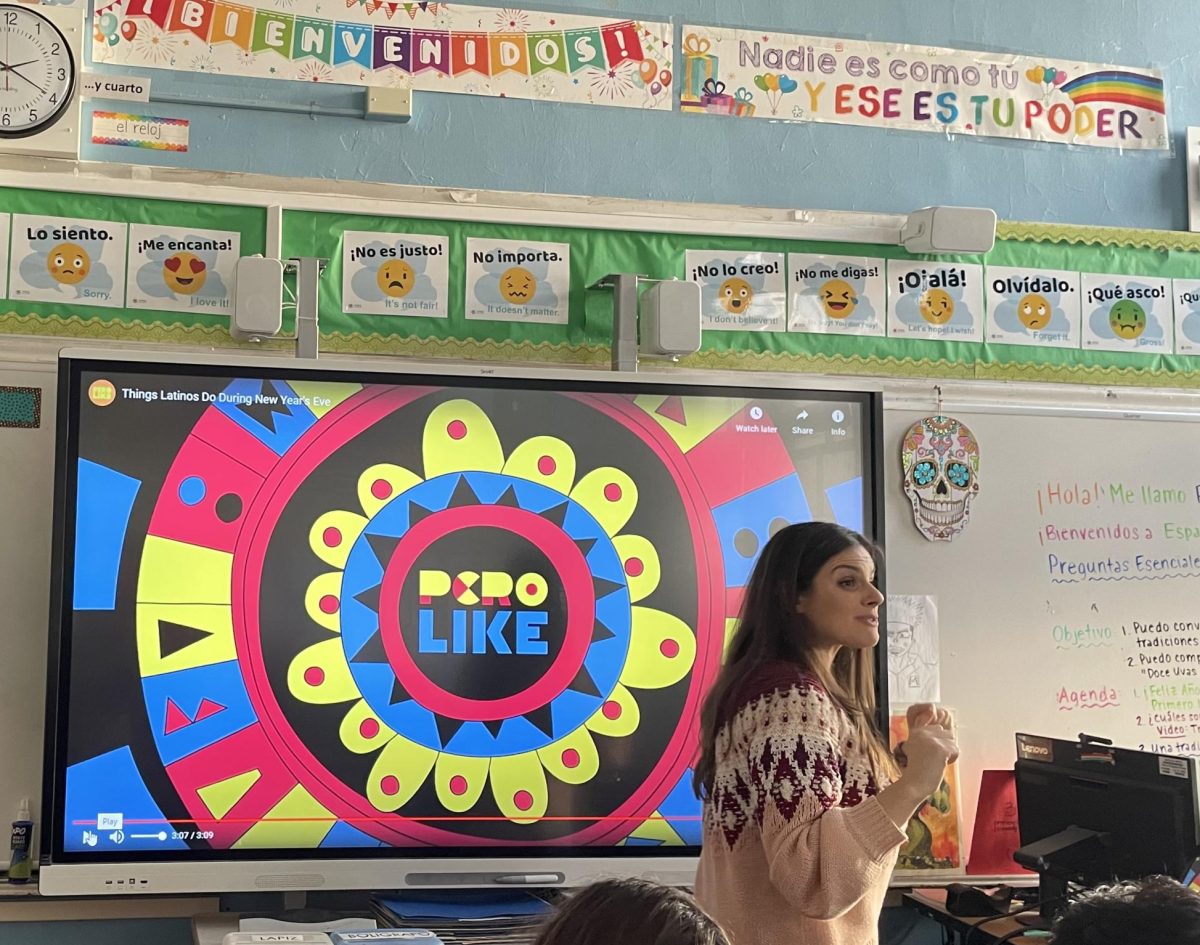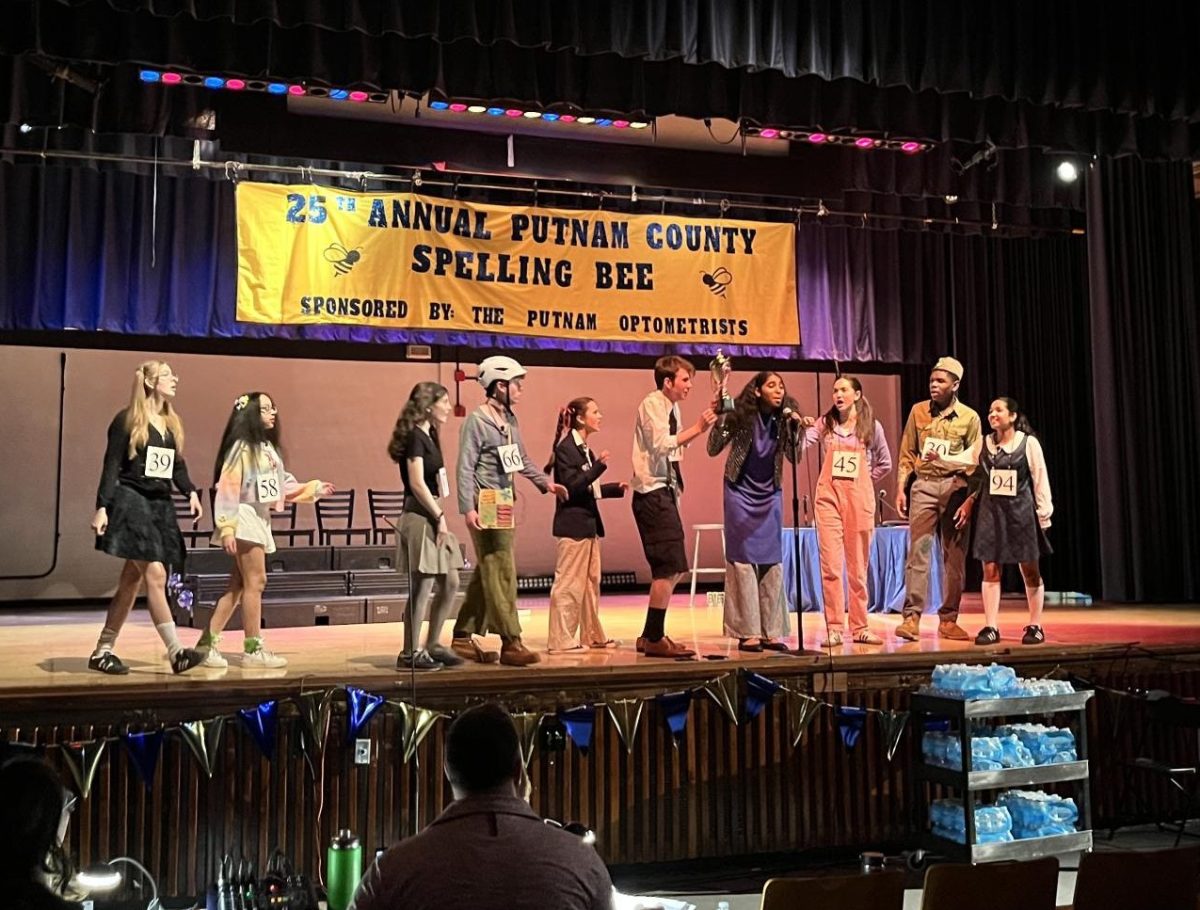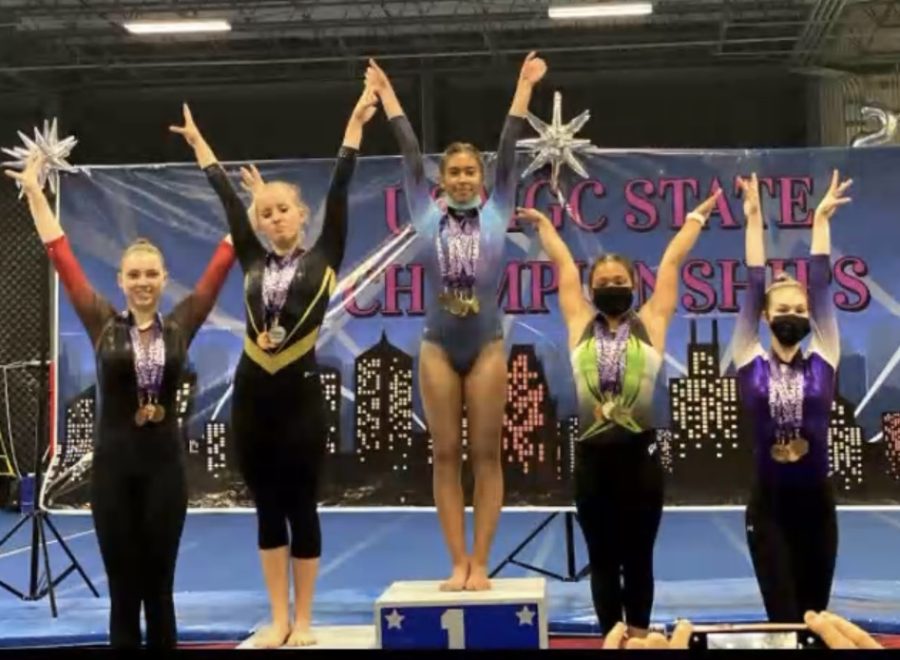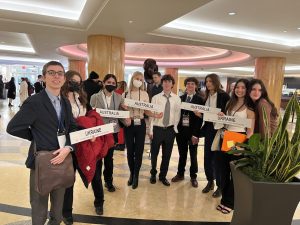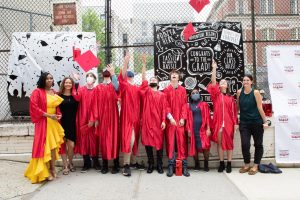Homecoming: Students and Teachers Return to Campus
June 27, 2022
Students and teachers alike, after a year and a half of “[having] no human interaction” (as 11th-grade student Brian Sidito puts it) returned to the halls of Millennium Brooklyn in Fall 2021.
After navigating the treacherous journey through remote and hybrid learning, many students and faculty yearned to return to the building. Millennium Brooklyn students, many of whom had stayed home the last academic year, could finally see their classmates in person and walk the hallways once again when the campus reopened fully in September. Phoenicians like 11th-grader Auden Galbraith have “been excited to meet new friends and reconnect with old ones,” experiencing academic social life anew. Teachers were thrilled to welcome their pupils back and actually meet students in real life (far superior to making acquaintence with black boxes on the Zoom screen). In many ways, it seemed that life had finally become routine again. But, returning to school amidst an ongoing pandemic left everyone struggling to navigate the new normal.
Back in March of 2020, students and teachers were forced to rapidly adjust to the world of Zoom instruction. Teaching once-a-week classes restricted teachers to cramming instruction into 80-minute blocks, limiting the breadth of content they taught. “We were only being given one-fifth of instructional time that we normally had, so for American history, it meant picking and choosing the most important pieces, and that’s hard for me because I think everything’s important,” AP United States history teacher Ms. Moverman shares.
For some teachers, like English instructor Ms. Wentz-Lesman, the process of planning lessons during remote instruction was like putting together a puzzle. She explains that her process became about “having to think about being really strategic in what kids need their teachers for and then what they can do on their own.” But the format of the class enabled her to implement constant and individualized “feedback and [assessment]…that was much more intensive than I could do in a regular school year,” she says.
And online learning had offered students silver-lining benefits like the ability to attend class in pajamas or meet for Zoom office hours. Those who had strenuous commutes could simply log onto class at 8am from the convenience of their homes. For some, remote school was convenient. Being thrown back into school in an in-person setting, with crowded hallway and masks muffling students’ voices, posed psychological and social challenges.
But others were desperate to return to the building. The imposed period of social deprivation, of black Zoom boxes and near silent breakout rooms, heightened the importance of building community with their peers. Junior Brian Sidito says he “appreciates coming to school more now” after a year of being completely remote. For him and others, having access to social interaction has provided light in a dark tunnel of wall-to-wall homework and school obligations.
Some teachers have taken advantage of the return to in-person learning to place a greater emphasis on group work. Physics teacher Ms. Hochstatter added the Understanding Science unit to her course “to build a class culture where [students] can talk about science.” As a result, a more collaborative group of teenage scientists emerged during hands-on lab periods in her classroom.
With the return of daily in-person classes, teachers had to reacclimate to planning for five 45-minute lessons a week. For Wentz-Lesman, the return to five classes per week provided an opportunity to recalibrate her curriculum schedule. With her 11th grade AP Language and Composition classes, Wentz-Lesman reduced reading assignments for the novel In Cold Blood to four times weekly instead of the five she instituted in past years. This effectively allowed students to catch up if they were behind on reading by using class time to do so on Fridays. This breather helped provide a buffer for students overwhelmed by the return to a typical schoolyear workload.
The December and January surge in coronavirus cases due to the Omicron variant running rampant brought with it fears over a return to online learning. In a walk-out staged on Tuesday, January 11th, students demanded better Covid safety protocols and a more robust system to identify positive cases. But since the wave of cases slowed to a trickle, attendance rose and the mask mandate was lifted by Mayor Eric Adams in March, yet another step on the path to normalcy.
Not only have students been better able to collaborate while in the building, they also were able to connect and build relationships with their teachers and mentors. Math teacher Ms. Preissel says, “I definitely like being able to interact with my students in person, that’s invigorating…getting that actual face time and being able to look at students’ papers and see where they’re going wrong…is wonderful.” These teacher-student bonds are often a significant contributor to a student’s academic success, and returning to the physical classroom environment has enabled such connections.
Preissel adds, though, that having to plan five classes a week has been demanding and tiresome. Wentz-Lesman concurs that she has experienced an increased level of exhaustion, from both commuting and returning to a seven class daily schedule. Many teachers have been questioning how they did this every day pre-pandemic.



